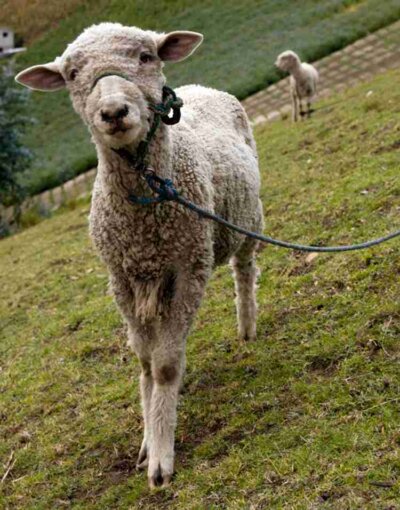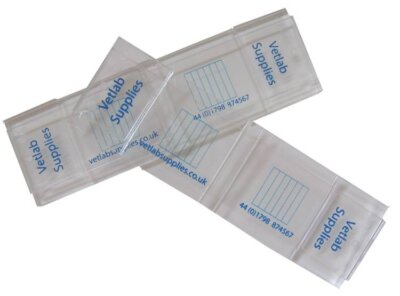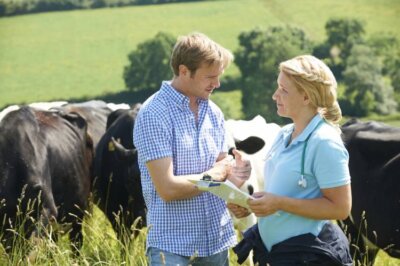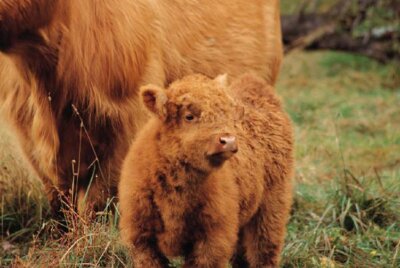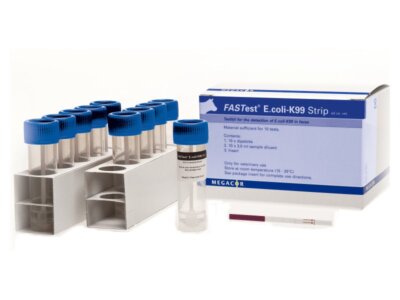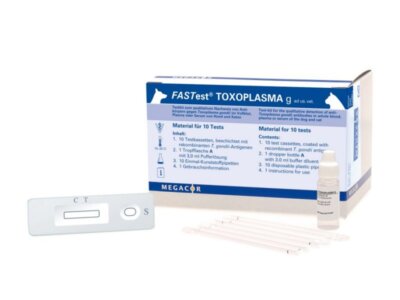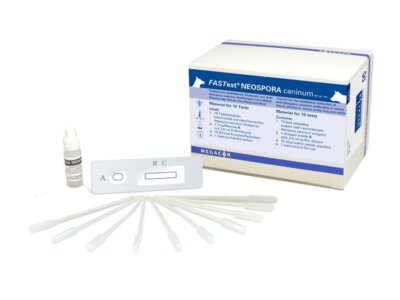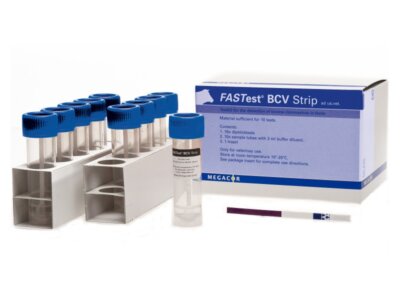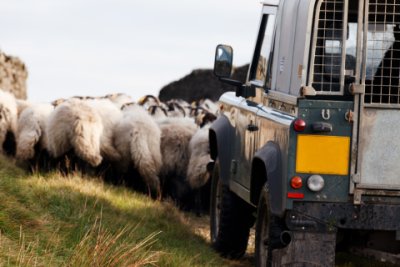
Super-bug resistance to antimicrobial treatment is a serious problem for pig, poultry and cattle farmers in the UK and worldwide. Many antibiotics ‘of last resort’ are longer effective against infections caused by bacteria such as Klebsiella pneumoniae and Escherichia coli.
Antibiotic resistance is set to cost the world’s commercial farmers an estimated 10 million animal deaths by 2050. So said the UK’s Chief Veterinary Officer reporting to The London Vet Show last November. That compares to a current figure of about 700,000. Yet the potential global cost could be tackled at only a fraction of the cost in money and suffering.
Exposure to ineffective levels of antimicrobials
Inappropriate and incomplete courses of antimicrobials in the past is blamed for a large part of the problems vets face today. Exposure to ineffective levels of antimicrobials kills only the most vulnerable pathogens leaving resistant bugs to survive and pass their protection to their offspring.
Over-use of antimicrobials has the same effect. Because microbes have a short generation time, there’s a high chance of a random resistant mutation occurring in an environment already dosed-up with antimicrobials. Again, all subsequent generations will have in-built resistance.
Improved public awareness and legislation
Defeating AMR involves improved public awareness and legislation to change treatment behaviour as well as research into new drugs. Proposed actions include 10-year targets to reduce unnecessary usage together with restrictions on the most crucial antimicrobials. Improved transparency allows the public to support antimicrobial-free food production practices through their shopping choices.
Veterinary laboratories can reduce the need for antimicrobial treatments with quicker and more specific veterinary diagnostics. Many bacterial infections cause a similar range of symptoms in infected animals. Diagnostics that can differentiate between causative organisms help to identify the most appropriate treatments and dosage, reducing the opportunity for new resistance to arise.
Laboratory scientists found that even resistant superbugs have an Achilles heel
Faced with using just the current arsenal of antimicrobials, researchers at the Ross University School of Veterinary Medicine on the island of St Kitt’s, report all is not lost. Laboratory scientists found that even resistant superbugs have an Achilles heel. They found that both Klebsiella pneumoniae and Escherichia coli each had a gene in their DNA that could be turned off. Once these genes were deactivated, the bugs lost their resistant super-powers and were once again vulnerable to the drugs previously used to fight against them.
As the scientific battlefront against AMR pushes forward, evidence suggests that the fight to change behaviour is at least holding its ground. Results from the European Surveillance of Veterinary Antimicrobial Consumption show a decline in antimicrobial usage of 2.4% 2011-2014. This downward trend supported by improving veterinary diagnostics means that for super-bugs, resistance may yet be useless.


